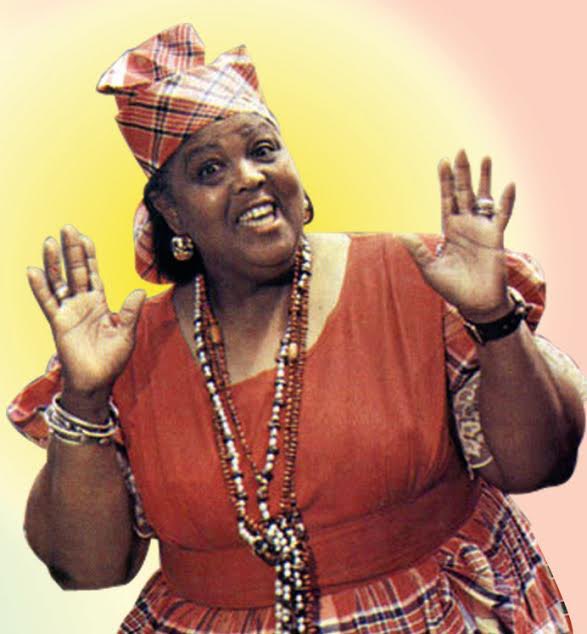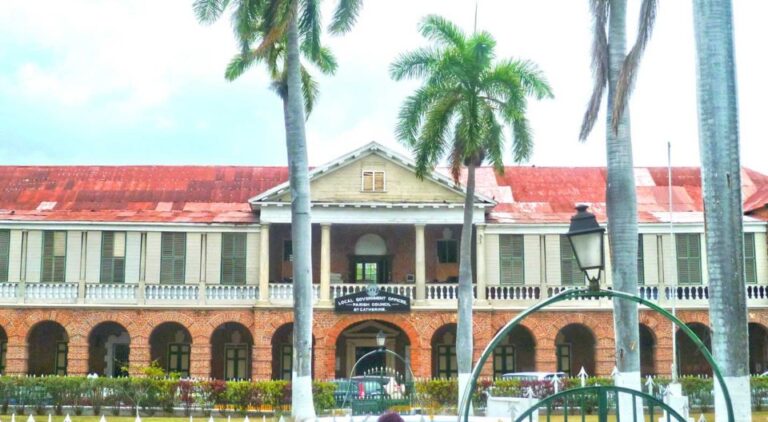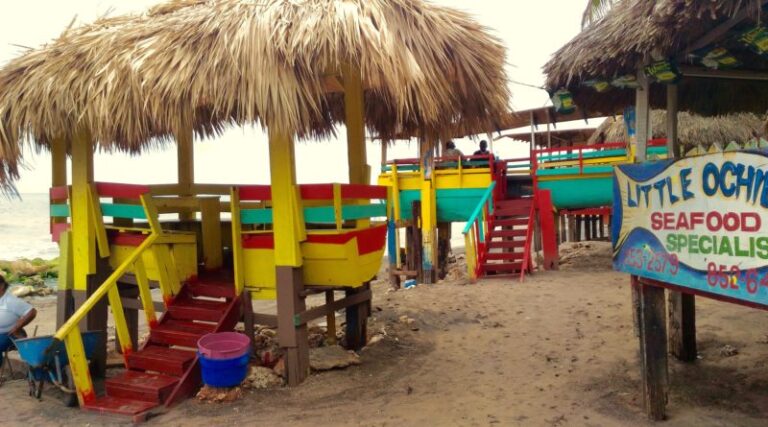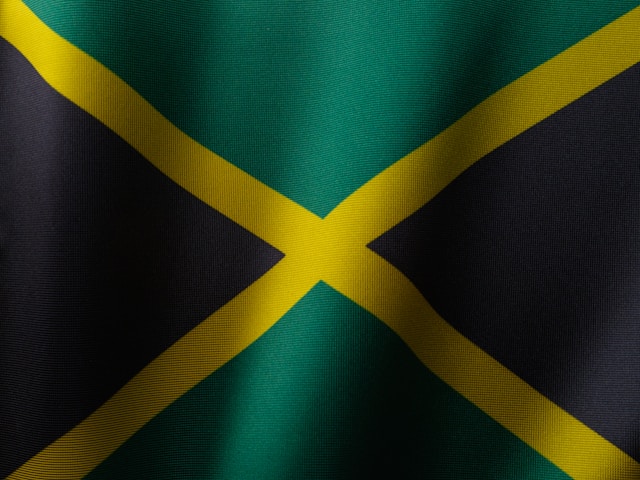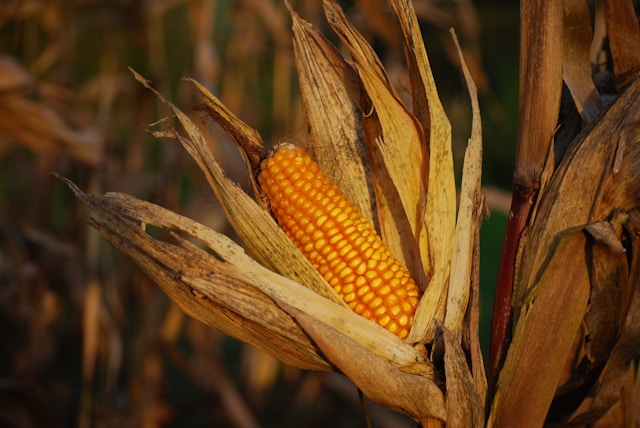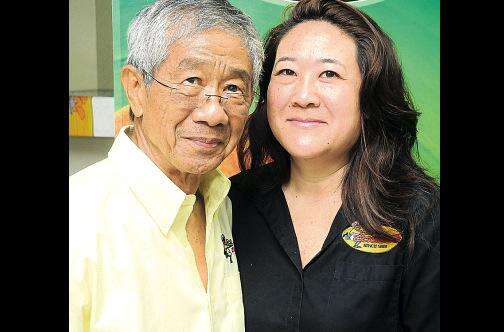St. Catherine, Jamaica, is a vibrant parish rich in history, cultural significance, and breathtaking attractions. As one of the island’s largest and most influential parishes, it has played a crucial role in Jamaica’s development, from the colonial era to modern times. Whether you’re a history buff, nature lover, or someone eager to explore local culture, St. Catherine offers a fascinating blend of past and present.
A Rich Historical Legacy
St. Catherine’s history dates back to the 17th century when Spanish settlers first established the area as part of their colony. The town of Spanish Town, the parish’s capital, served as the island’s first capital under Spanish rule and remained the center of governance even after the British took control in 1655. For over 300 years, Spanish Town played a crucial role in Jamaica’s political, economic, and cultural development.
Spanish Town is home to historic landmarks like Emancipation Square, where the abolition of slavery was first read publicly in 1838. The square is surrounded by colonial-era buildings, including the Old King’s House, which once served as the residence of British governors. Another significant site is the Cathedral of St. Jago de la Vega, the oldest Anglican cathedral in the Caribbean, symbolizing Jamaica’s deep-rooted religious heritage.
Notable Figures from St. Catherine
Many influential Jamaicans hail from St. Catherine, contributing to the nation’s growth in politics, sports, music, and business. Among the most renowned figures is Sir Alexander Bustamante, Jamaica’s first Prime Minister and a key leader in the country’s fight for independence. His legacy remains deeply ingrained in Jamaica’s history, as he championed workers’ rights and laid the foundation for modern governance.
In the world of athletics, St. Catherine is the birthplace of Asafa Powell, one of Jamaica’s greatest sprinters. A former world record holder in the 100 meters, Powell’s speed and talent have made him an inspiration for future generations of track and field athletes.
The parish has also produced notable figures in the entertainment industry, such as Spice, the “Queen of Dancehall,” whose music and influence have propelled Jamaican dancehall culture to the global stage.
Must-Visit Attractions
Beyond its historical significance, St. Catherine boasts stunning natural and man-made attractions that make it a must-visit destination.
- Hellshire Beach – This popular seaside escape is known for its golden sand, clear waters, and legendary seafood. Visitors flock here to enjoy freshly prepared fried fish and festival, a Jamaican favorite.
- Caymanas Golf and Country Club – Golf lovers can indulge in a world-class experience at this scenic course, which offers lush greenery and breathtaking views.
- Rio Cobre and Flat Bridge – The Rio Cobre River provides a picturesque backdrop for travelers passing through Bog Walk Gorge. The historic Flat Bridge, one of the oldest in Jamaica, has a mysterious allure due to its association with folklore and legends.
- Emancipation Square – A walk through this historic site offers a glimpse into Jamaica’s colonial past, with preserved Georgian architecture and monuments commemorating the island’s freedom fighters.
St. Catherine is a parish that beautifully blends history, culture, and adventure. Whether you’re exploring Spanish Town’s historic sites, relaxing on Hellshire Beach, or learning about its famous figures, there’s no shortage of reasons to visit this remarkable Jamaican parish.


